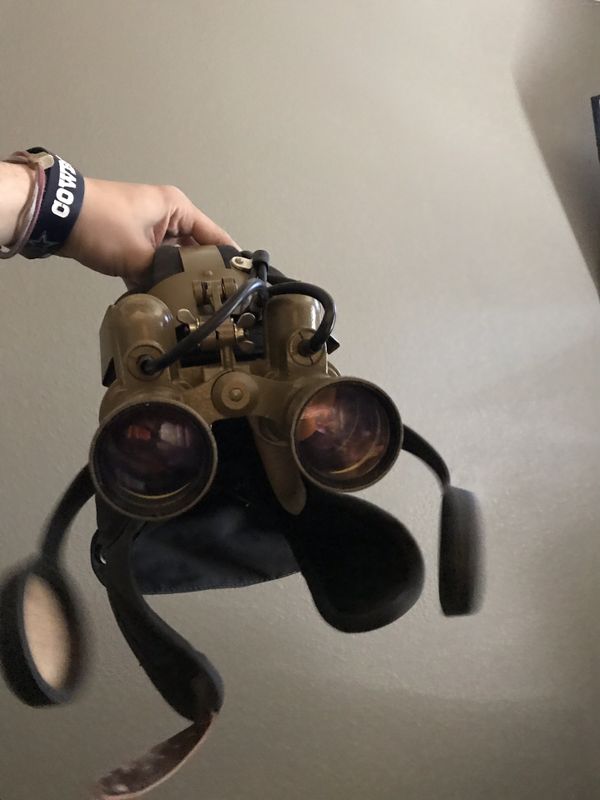
I'm going to start by saying that i did NOT buy mine from varusteleka, but i assume that the guy who had it before me got it from here anyway. We're selling these because Soviet electronics and the freaky-looking cap is such an awesome combination. Understand, that these were made in Poland over half a century ago so if they work, we can't guarantee how long these remain operational. These are used but in a good condition and tested to be functional by our supplier but not by us, so no guarantees on that. They block all light except the near-infrared spectrum so you get headlights without visible light!īox outside dimensions: 42 x 21 x 21 cm, weight 7.8 kg (16.5" x 8.3" x 8.3" / 17.2 lbs). The included IR pass filters are installed on the headlights of the vehicle. Don't have one? Electronically savvy folks have made adapters to connect these to modern vehicles or rechargeable batteries. Using the goggles is rather simple: put the helmet on and plug the extension cord to the cigarette lighter of your vintage Soviet truck. Various assorment of spare parts and tools.The tank helmet and night-vision device.The device is integrated into the Soviet tank helmet, which is affectionately known as "The Sausage Cap" in the Finnish army. This helmet has a nice recessed area in the ear muff as well as an opening for the user's ear.If you've always wanted a pair of old Combloc night-vision goggles, look no further! This is a Polish copy of a 1957 Gen-1 device from the Soviet Union but surprisingly comfortable to wear! Hot glue was used to reinforce wire attachment points on the electronic components seemed Howard Leight did the same to some of the components.Most Soviet tanker helmets provide some level of noise reduction due to the ear muff design.

Used extra wiring and soldered the components back together to complete the circuit. The shell contained the battery leads, so I purchased a $1.50 AAAx2 battery box from Lowes. The shell and headband were destroyed in the process. The idea was to take my Soviet PNV-57E with a tanker helmet and add some form of communication headset to allow for better situational awareness, radio communications, and noise reduction.Started with a pair of Howard Leight Impact Sport Electronic Earmuffs, which ran me about $40.Had to remove the ear padding, foam cover, and padding attachment, which were just pulled off, to expose the electronic guts of the headset.After some work, mostly with a dremel and rubbing alcohol, I was able to extract all the electronics out of the plastic shell. Finally was able to complete an upgrade that I've been planning and working on for several weeks.


 0 kommentar(er)
0 kommentar(er)
